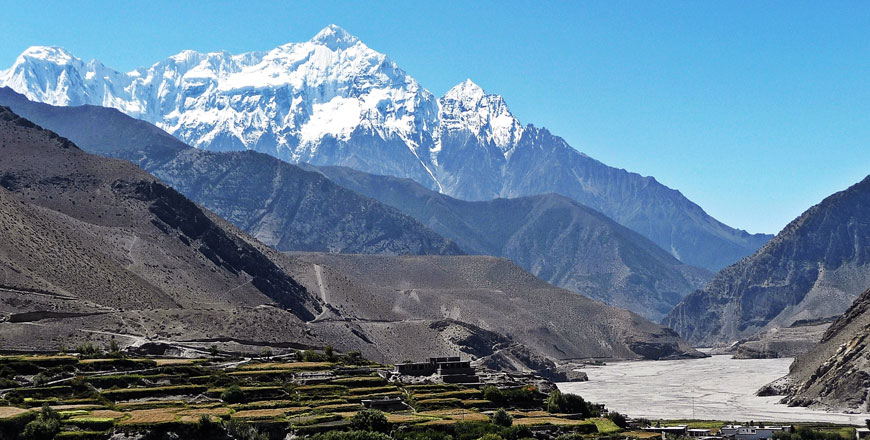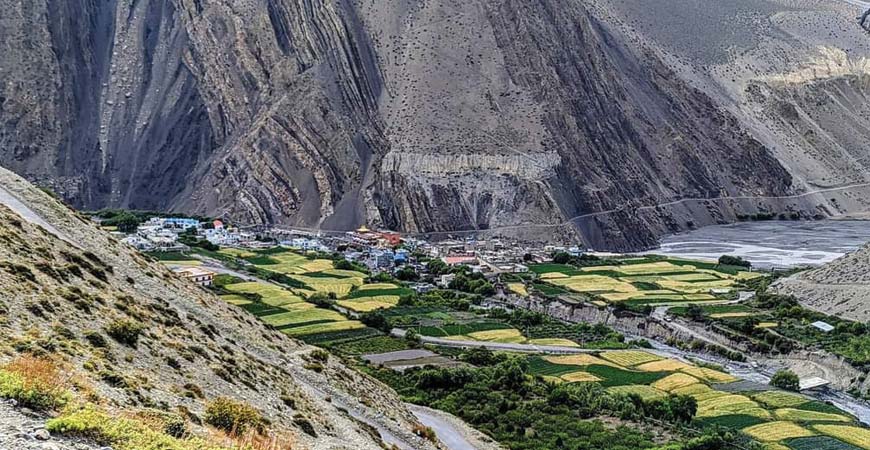Lumbini Excavations Uncover a Shrine Dating to the Sixth Century B.C.

Lumbini Excavations Uncover a Shrine Dating to the Sixth Century B.C.
Archaeologists may have uncovered evidence of the oldest Buddhist shrine yet discovered, dating to around 550 B.C. Located at Nepal's Lumbini pilgrimage center, the legendary site of the Buddha's birth, the discovery points to the renowned religious figure living more than a century earlier than dates accepted by many scholars. Buddhism is one of the world's great religions, with more than 350 million followers, most living in East Asia. By tradition, Lumbini is the garden site where the Buddha's mother, Maya Devi, grasped a tree and gave birth to the historical figure Siddhartha Gautama, who later became the Buddha.
Robin Coningham of the United Kingdom's Durham University said that, "What we have got is the earliest Buddhist shrine in the world.” The international archaeology team dug beneath existing brick structures at the shrine, which is visited yearly by hundreds of thousands of pilgrims. The excavations showed that older wooden structures lay beneath the walls of the later brick Buddhist shrine. "The big debate has been about when the Buddha lived and now we have a shrine structure pointing to the sixth century B.C.," Coningham says. The team used two kinds of scientific dating to find the age of the early shrine.
"Archaeologists love claiming that they have found the earliest or the oldest of something," says archaeologist Ruth Young of the United Kingdom's University of Leicester in an email message.
Concerned about wear from visitors, UNESCO, along with Japanese and Nepalese officials, supported Coningham and colleagues as they documented conditions at Lumbini and investigated the history underneath the layers of brick structures left from Ashoka's era. Digging beneath a central shrine, the researchers uncovered postholes pointing to a wooden railing surrounding a tree shrine and dating to around 550 B.C., says Coningham.
The research was also supported by the National Geographic Society.




Comments